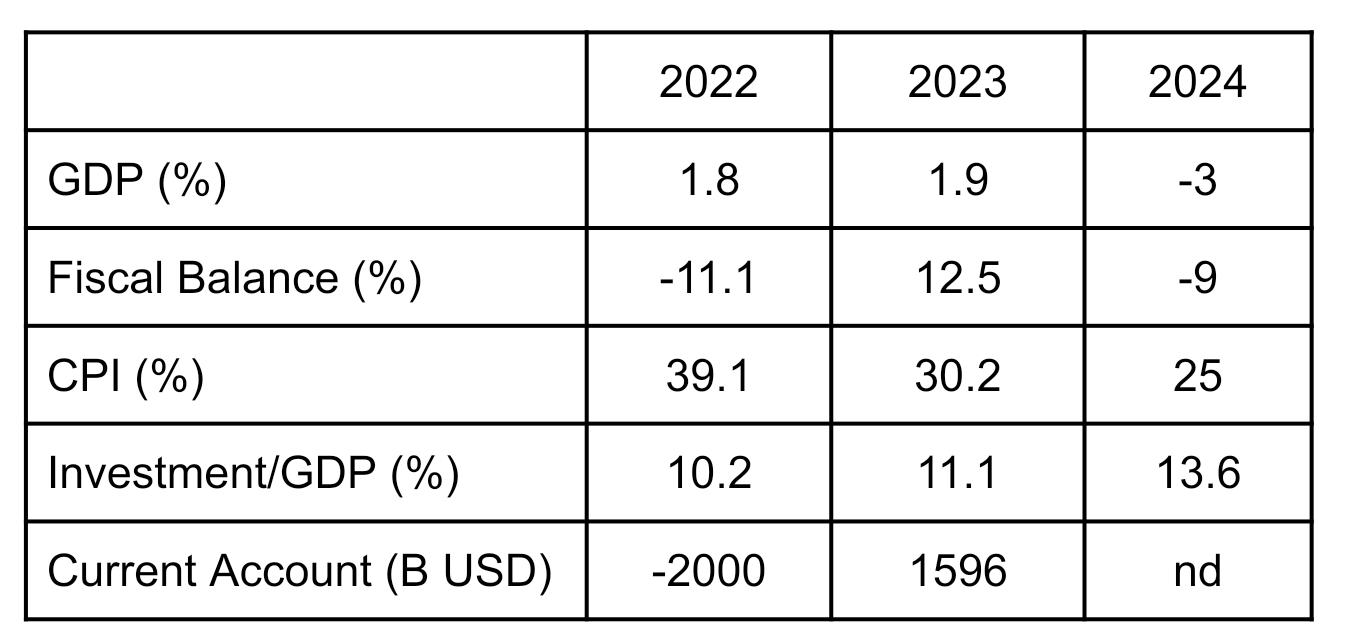February began with the good news that the Council of Ministers has approved the program to correct the distortions and re-boost the economy after analyzing its implementation in the Council of State.
In both cases the information is succinct, but, even so, important. In the information given at the meeting of the Council of State it is stated that, “we are in better conditions to advance in the implementation and control of the government program at all levels” and that, “we have a rigorous and systematic work system, with the corresponding schedule with objectives, projections, indicators and goals, among other essential aspects for its fulfillment.”
I imagine that the best conditions for its implementation refer to the experience acquired after a year of trying to correct distortions and re-boost the economy. In other words, everything indicates that there are better organizational conditions to advance in the implementation of the program and obtain results that allow reversing the crisis, or better, the different crises that our country has been suffering for several years and that have their most concrete and synthetic expression in the negative behavior of the GDP, for the second consecutive year, although the magnitude of this decrease for this year has not been disclosed. The above leads to an obligatory question: To what extent are the organizational deficiencies and inadequacies of the program applied in 2024 the fundamental cause of the meager results obtained in the year that just ended?
From the angle of the economy, a reduction in the fiscal deficit and the rate of inflation measured by the CPI are generally good news; however, negative GDP growth for the second consecutive year and an investment rate that is reluctant to grow as much as necessary, together with the possible repetition of the negative balance of the current account, indicate the fragility of the progress made, both in the areas of taxation and monetary policy.

Moving from government projections to a government program can be a big step in the more than once failed purpose of revitalizing the country. This government program “is composed of objectives, projections, actions, indicators and goals, a schedule with dates of fulfillment and those responsible.” It would be good if this program for 2025 did not happen like the macroeconomic stabilization program, which is much talked about, but unfortunately has not been presented in its entirety to our people; something that would help to “understand,” would give a general picture (perhaps not totally defined) in all its details, because it is not always possible to have all the necessary elements ex ante, but without a doubt knowing the whole helps to understand the role of each of its parts and contributes to raising awareness both among the population and among those who exercise responsibilities in the fulfilment of these programs.
I always remember that the Guidelines were subject to public debate throughout the country, the conceptualization and the development plan were also subject to debate, but I remember, above all, the “workers’ parliaments” at the beginning of the 1990s, in which the government program was explained and discussed to “survive and develop” in a totally different context to the one we had known for almost thirty years. They were not months lost: they were political time gained. Because, just like now, it was the people who had to “adjust,” who had to change paradigms, who had to adapt to new conditions, who had to “assimilate” new values and give up some others.
Only now, in my opinion, it is much more complex. First, because that people isn’t the same as the one we have today; it isn’t in demographic terms, nor in cultural terms, nor in terms of interests and aspirations. In addition, we have gone through a process of deterioration of essential aspects that have sustained the “social pact” and that today are in a critical situation. It is more complex because social differences are more evident, because poverty has grown, because what should be daily and normal has become sporadic and exceptional. And it is even more complex because there is a U.S. administration that will do everything possible to make the situation impossible for us.
For these reasons and others that surely exist, I believe that if we have a government program, with objectives, indicators, goals and deadlines, what should happen is that it be made public, so that the people can also contribute, first to enrich it and then to assess its fulfillment in detail.
We will always have distortions. It is almost a natural product of any economic process, and our history proves it. Reducing them must be part of daily work, for which a coherent and consistent institutional framework is essential, which is why I would have preferred that this program be called Program to Promote Growth and International Reintegration.










